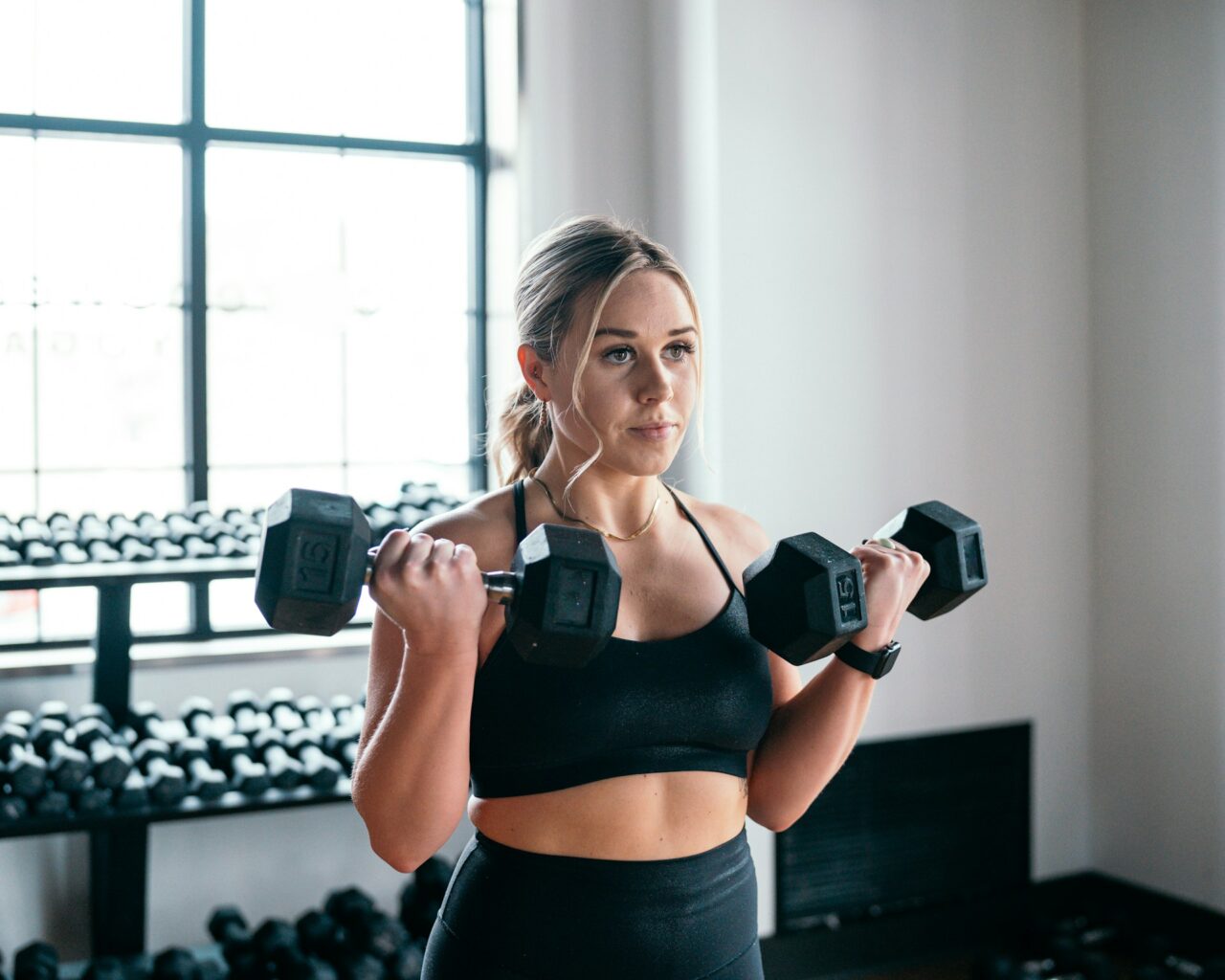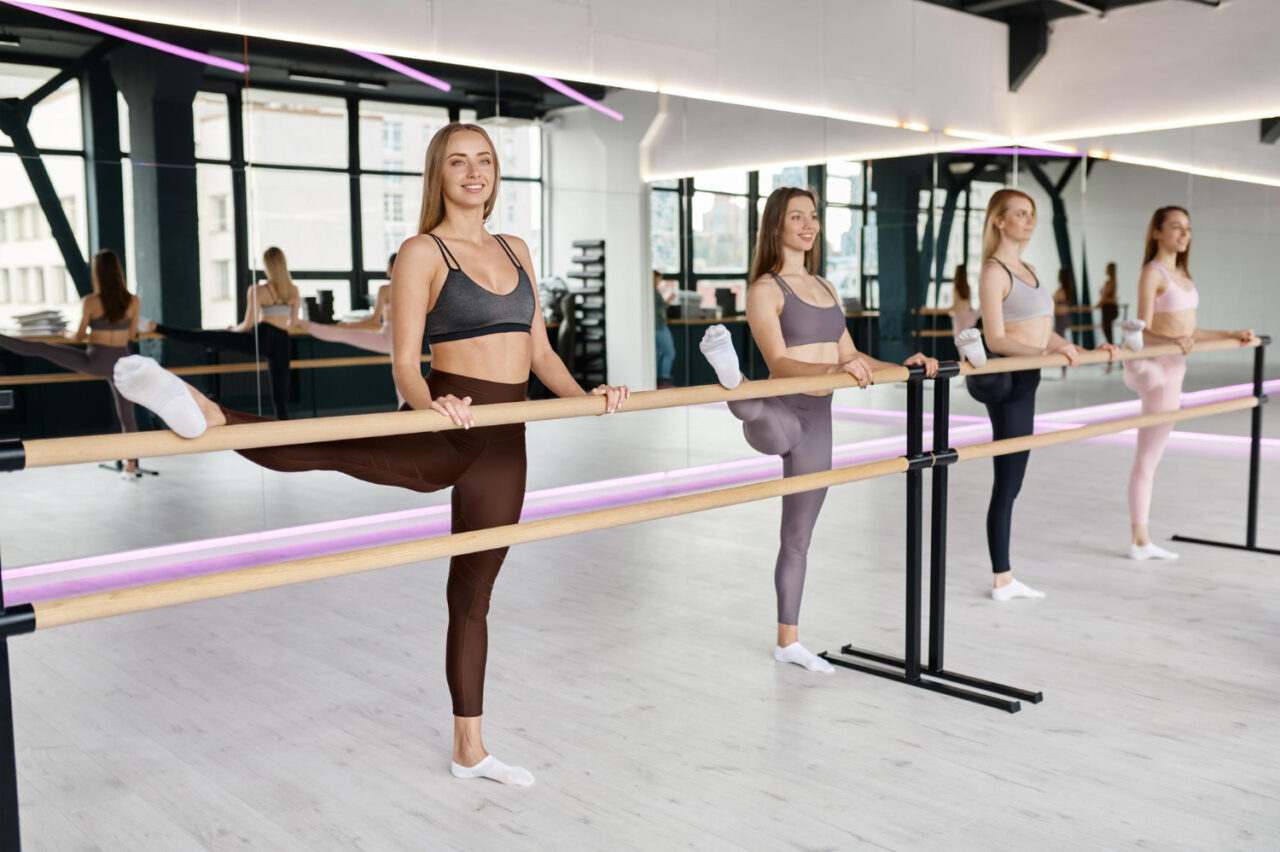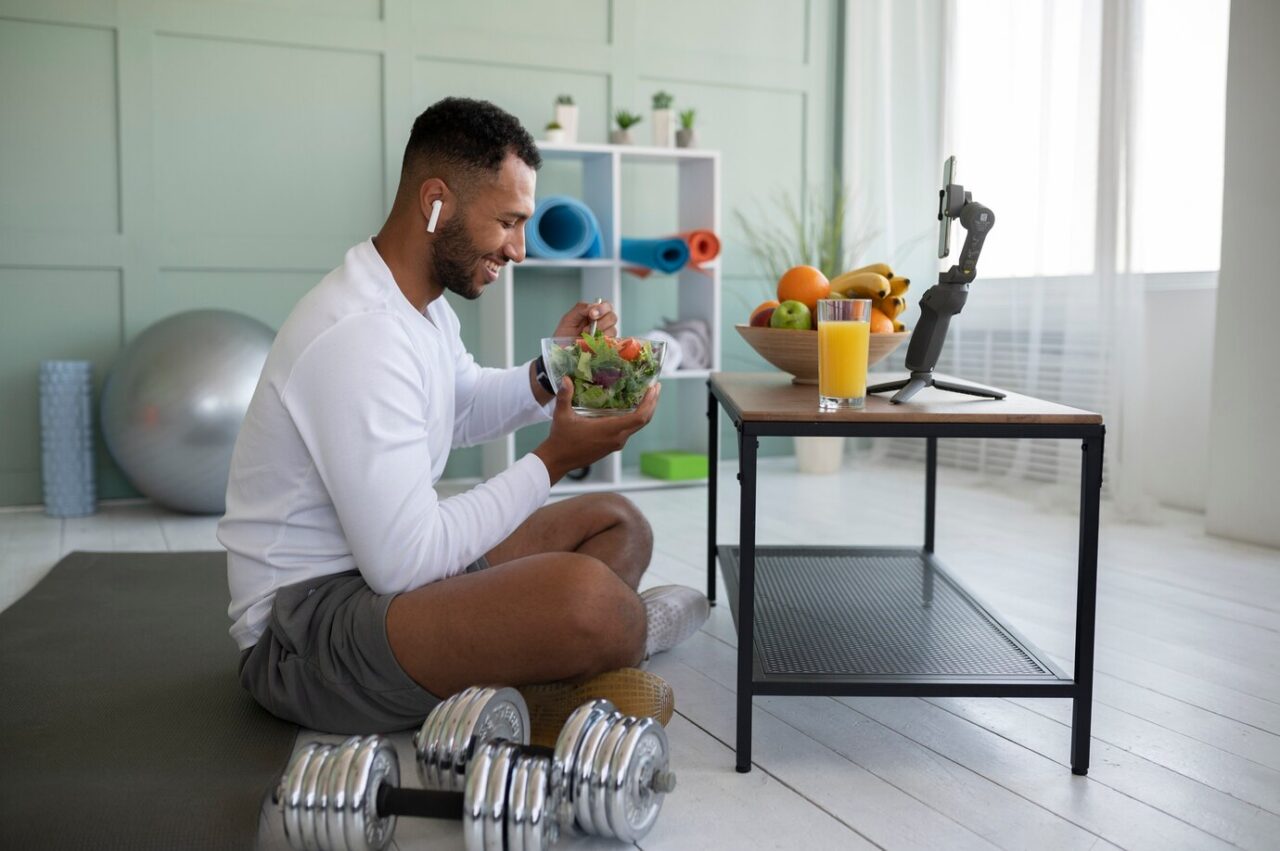BodyPump workouts have become a favorite for many fitness enthusiasts looking to get a comprehensive and challenging full-body workout. This energizing routine is based on weightlifting moves choreographed to music, making it an exciting way to boost your strength and endurance. Whether you’re squatting, curling, or pressing, each movement in a BodyPump class is designed to tone muscles and burn calories. However, one common issue many face is figuring out why their weights sometimes feel either too heavy or too light during these workouts.
Choosing the right weight is crucial for maximizing results from your BodyPump sessions. If your weights are too heavy, you risk straining muscles or causing injury; if too light, you may not challenge your muscles enough to see progress. It’s all about finding that sweet spot where your muscles are challenged just enough to enhance strength without overexertion. Let’s explore why you might experience one or the other and how to tackle these challenges effectively.
Reasons Your Weights Might Feel Too Heavy
There are a few reasons why your weights may feel too heavy during a BodyPump workout:
– Lack of Proper Warm-Up: Skipping or rushing through a warm-up can lead to weights feeling more challenging than they should be. Warm-ups prepare your muscles for the workout, increasing blood flow and flexibility. A proper pre-workout warm-up gets your body ready to lift more confidently and comfortably.
– Incorrect Form or Posture: Using the wrong form or posture can make weights feel heavier. When you’re not aligned correctly, certain muscles might bear more of the burden than they should. For example, arching your back during a chest press can strain your lower back and make the lift more difficult. It’s like trying to lift with one arm tied behind your back—you could still do it, but it wouldn’t be as efficient or comfortable.
– Progressing Too Quickly: Maybe you jumped from lifting 5 pounds to 10 without giving your body a chance to adjust. Progressing too quickly in weight can lead to the weights feeling overly heavy. It’s important to increase weights gradually, letting your body adapt steadily to new challenges, much like climbing stairs one at a time instead of skipping steps.
Understanding these factors helps you pinpoint how these elements might be impacting your workout, enabling you to make necessary adjustments to ensure a more effective and safe fitness routine.
Reasons Your Weights Might Feel Too Light
Just as heavy weights pose a challenge, using weights that are too light can also keep you from achieving your fitness goals. If your weights seem too light during a BodyPump session, there might be a few reasons why:
– Insufficient Challenge for Current Fitness Level: As your fitness level improves, your body requires more resistance to continue building strength. If you stick to the same weights you started with months ago, they may no longer provide the challenge your muscles need for growth. Think of it as simply doing your daily routine without any added effort—you’re unlikely to see significant improvements.
– Incorrect Weight Selection: Sometimes, misjudging which weight to use happens. Maybe you grabbed lighter weights in a hurry or mistook a set for the ones you typically use. It’s important to choose weights that push your limits while still allowing for proper form throughout the class.
– Not Pushing to Muscle Fatigue: One key aspect of BodyPump is reaching muscle fatigue within each track. If your weights don’t seem to tire your muscles by the end of a set, consider moving to a heavier option. The ideal weight should make the last few reps feel tough, but manageable. It’s like jogging on a hill: you want it to be challenging enough to make you work harder, not just a flat path.
Tips for Finding the Right Weight
Getting the right weights is like finding a pair of comfortable shoes—not too tight, not too loose. Here’s how you nail it:
1. Consult with a Fitness Trainer: Having a pro guide you is invaluable. They can review your form, suggest the best weight adjustments, and ensure you’re on track with your fitness level. This tailored advice helps prevent injury and promotes efficient workouts.
2. Listen to Your Body: Pay attention to how your body responds during the workout. Are you feeling an adequate challenge by the end of each track? Or are you barely breaking a sweat? Your physical response acts like a natural gauge in determining if adjustments are needed.
3. Gradual Progression in Weight Increments: Instead of jumping to a heavier weight, try moving up in smaller increments. Small changes prevent your body from being overwhelmed and help maintain good technique. Imagine stepping up a series of small hills rather than one steep mountain.
Benefits of Using the Right Weight in BodyPump Workouts
Getting the right weight means more than just feeling comfortable during workouts:
– Better outcomes — stick with it to build muscle strength and endurance effectively without tiring yourself out too fast.
– Avoid injuries — say goodbye to strains with the right load, allowing longer sessions without setbacks.
– The whole experience is better — hitting that perfect weight makes workouts feel good and helps you progress.
With the right weights, you’ll turn every BodyPump class into a productive session, making sure your efforts pay off and keeping your regimen enjoyable and effective. Keep readjusting to optimize your fitness routine over time.
Discover how a BodyPump workout can transform your fitness journey. Quincy Athletic Club offers guidance and encouragement to help you optimize your routine, ensuring your workouts are both challenging and rewarding. Embrace the chance to improve your strength and endurance with the support of our dedicated fitness community.





